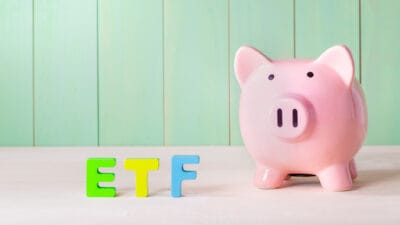I own both S&P/ASX 200 Index (ASX: XJO) and S&P 500 Index (SP: .INX) shares in my investing portfolio. Both markets offer high-quality companies and a record of delivering respectable returns for investors over many decades.
However, most of the new investment purchases I have made for my portfolio over 2024 to date have been ASX shares and not S&P 500 stocks.
Obviously, I have nothing against the S&P 500 and its constituents. But personally, I believe that ASX shares are, on the whole, a better investment right now. There are two reasons why.
Why I prefer the ASX 200 over the S&P 500 right now
Reason 1: The S&P 500 has run hard
S&P 500 shares have been on a lucrative winning streak this year. If you had invested in an S&P 500 index fund, such as the iShares S&P 500 ETF (ASX: IVV), on 30 September 2023, you would be up an extraordinary 26.44% by 30 September 2024.
An investment in this ETF has returned an average of 13.14% per annum over the past three years and 15.8% per annum over the past five.
That compares to investing in an ASX 200 index fund. This fund would have returned 8.35% per annum over the past three years and 8.29% over the past five.
So, S&P 500 shares have been the clear winner against ASX 200 shares over any recent period. However, the S&P 500's breakout performance more recently has left the index a little pricey, in my opinion.
I think it's likely that, sooner or later, the S&P 500 will revert to delivering returns worth around 8.46% per annum, which is IVV's long-term average. As such, I think ASX 200 shares are the more prudent investment from a valuation standpoint right now.
Reason 2: The dividends are better on the ASX
Most ASX investors know that our stock market is heavy on dividends compared to most other markets. But a comparison with S&P 500 shares shows this in stark contrast.
Take an ASX 200 index fund like the iShares Core S&P/ASX 200 ETF (ASX: IOZ). Over the past 12 months, this index fund has doled out four dividend distributions, with an annual total of $1.14 per unit. That gives this ETF a trailing dividend distribution yield of 3.47%. And that's with the ASX 200 close to its latest all-time high. In the past, it hasn't been uncommon to see the ASX 200 yielding between 4-5%.
But it's a different story when it comes to American shares.
At current prices, the iShares S&P 500 ETF is currently offering a trailing dividend yield of 1.06%. That comes from the four quarterly dividend distributions investors have received over the past 12 months, equating to 6.178 cents per unit.
American shares have never had the propensity to pay out high dividends. As such, it's uncommon to see an American index fund yielding much more than 2%.
With the markets having such a huge run-up over the past 12 months or so, I think securing those dividends is more important than ever. Dividends provide a nice cushion when the markets are falling. If the stock market corrects in the next 12 months, those higher dividends should cushion an ASX 200 index fund far better than the thin income protection offered by the S&P 500.









